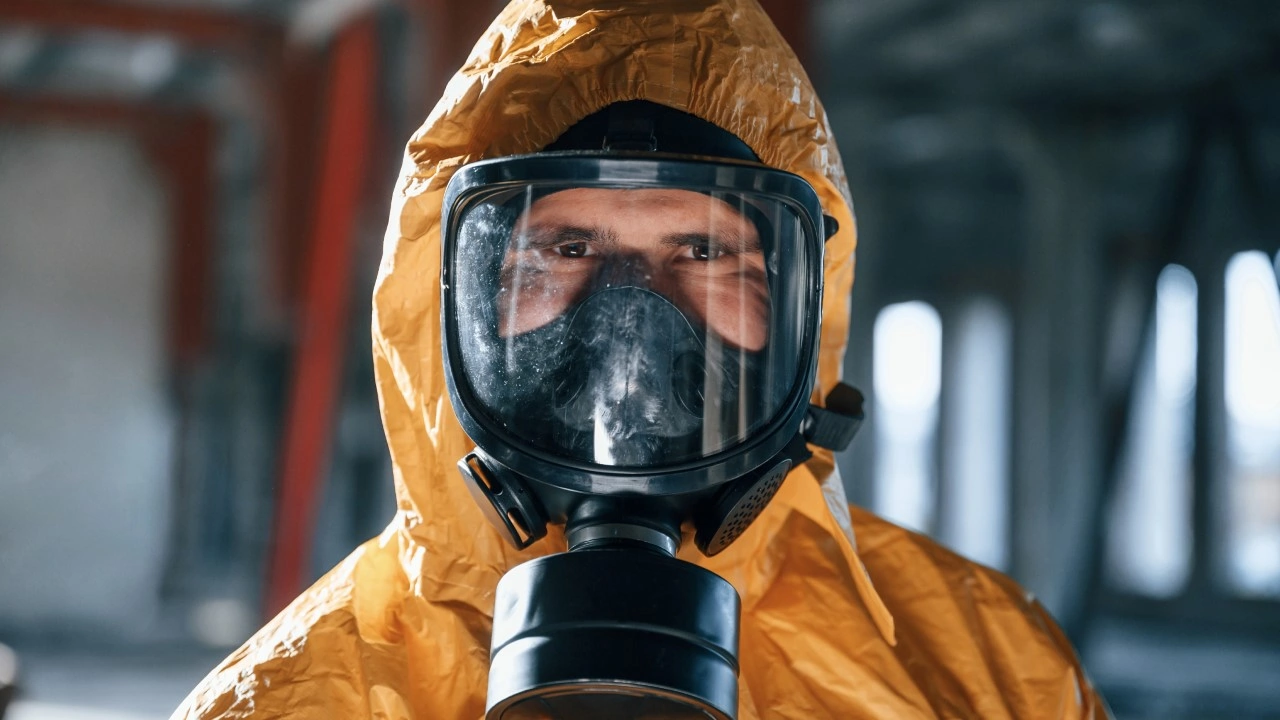In 1986, the Chernobyl Power Complex experienced the worst nuclear power accident in history. Two people died as a direct result of the immediate explosion, and 28 more died of radiation overdose in the following weeks.
Around 5,000 cases of thyroid cancers were linked to radiation from the accident in the months and years since, causing a further 15 deaths. Thousands of square miles were irradiated, and the 1,100 square mile Chernobyl Exclusion Zone (CEZ) was created to prevent further deaths.
After over 30 years of study, scientists and regulators are still looking back at the Chernobyl accident, drawing crucial insights for a wide range of applications, from refining safety regulations to devising effective recovery strategies. Sifting through all that data, here are three facts about the Chernobyl accident that may surprise you.
1. The Accident Was Unique
The most unique result of the Chernobyl accident is the tragic occurrence of radiation-related fatalities, according to the World Nuclear Association (WNA). In stark contrast, neither the 2011 Fukushima accident nor the 1979 Three Mile Island accident, both high-profile nuclear power disasters, caused any radiation-related deaths.
A factor that hampers researchers’ ability to apply the lessons of Chornobyl to other nuclear power plants is that the plant’s reactor designs were unusual, says the WNA. The Chernobyl reactors were Light Water Graphite Reactors (LWGR). The specific design was named the RBMK, or reaktor bolshoy moshchnosty kanalny.
“The combination of graphite moderator and water coolant is found in no other power reactors in the world,” says the WNA.
“As the Chernobyl accident showed, several of the RBMK’s design characteristics – in particular, the control rod design and a positive void coefficient – were unsafe. A number of significant design changes were made after the Chernobyl accident to address these problems.”
2. There Is No Clear Cause
At the time of the accident, the International Atomic Energy Agency (IAEA) concluded that the meltdown resulted from operator error. However, after several reviews, the causes of the accident have been determined to be more complex.
“When one considers the chain of events leading up to the Chernobyl accident, why one person behaved in such a way and why another person behaved in another etc., it is impossible to find a single culprit, a single initiator of events, because it was like a closed circle,” said Valery Legasov, who led the Soviet delegation to the IAEA investigation.
In 1991, a report by the Soviet State Committee on the Supervision of Safety in Industry and Nuclear Power made a critical finding. It determined that the plant operators had no idea they were violating safety regulations because such regulations simply did not exist at the time.
“While it was certainly true the operators placed their reactor in a dangerously unstable condition (in fact, in a condition which virtually guaranteed an accident), it was also true that in doing so, they had not in fact violated a number of vital operating policies and principles, since no such policies and principles had been articulated.”
The unique design flaws and lack of safety regulations posed significant challenges. Furthermore, during the Cold War era, a culture of non-cooperation between nuclear powers prevailed, making it impossible to pinpoint any single definitive cause for the accident.
3. Chernobyl Spawned a Radiation-Eating Fungus
In 2007, scientists studying fungal extremophiles, fungi that thrive in environments that would be lethal to most forms of life, made a remarkable discovery. They uncovered a fungus that actually eats radiation.
Called Cryptococcus Neoformans, it is a variety of fungi that uses melanin to absorb and convert radiation to energy. This is also known as black fungus.
Ekaterina Dadachova and her colleagues at the Albert Einstein College of Medicine in New York discovered how fungi use melanin, the same pigment that causes variation in human skin tone.
Dadachova’s colleagues suggested that the black fungus might be used as radiation shielding in space.
In addition to consuming radiation, the fungus can decompose the highly radioactive graphite found in the Chernobyl site. This ability to corrode radioactive waste offers a host of uses.
“Chernobyl is a special case where extreme ambient radiation is a huge danger to anyone who enters, and having a ‘radiation blocker’ to treat protective suits or even the entire inside of the plant to reduce ambient radiation could be a huge boon,” said Caroline Delbert, contributing editor for Popular Mechanics, in a 2020 article. Delbert also suggested that black fungus could be used to dispose of radioactive medical and manufacturing waste safely.
How Does Chernobyl Affect Us Today?
The primary result of the Chernobyl accident was to increase cooperation and communication between nuclear powers in the East and West. These lines of communication, once opened, changed the face of the world.
According to the WNA, former President of the Soviet Union, Mikhail Gorbachev, stated that the Chernobyl disaster had a more significant impact on the fall of the Soviet Union than his attempts to liberalize Soviet Russia.
Thanks to tireless efforts by scientists, activists, and regulators, nuclear power is now one of the safest methods of generating electricity in the world, and it’s only getting safer.
READ MORE
- 22 Unbelievable Things Teachers Have Confiscated From Their Students
- Texas District Sacks “Black Supremacist” Elementary School Teacher Over Racist Tweets
This article was produced by TPR Teaching.
Caitriona Maria is an education writer and founder of TPR Teaching, crafting inspiring pieces that promote the importance of developing new skills. For 7 years, she has been committed to providing students with the best learning opportunities possible, both domestically and abroad. Dedicated to unlocking students' potential, Caitriona has taught English in several countries and continues to explore new cultures through her travels.

